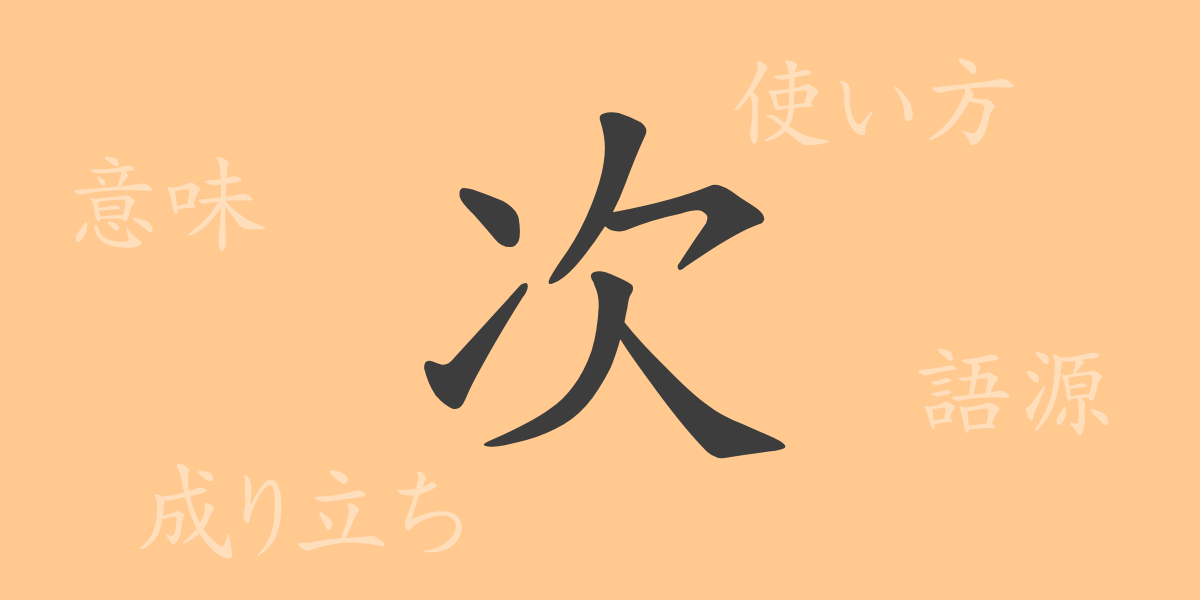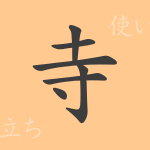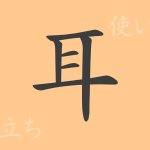Kanji in the Japanese language often carry profound meanings and rich histories, and the character “次(つぎ)” is no exception. Frequently used in daily life, this kanji plays an important role in various contexts. In this article, we will delve into the origins, modern usage, and idiomatic expressions of “次(つぎ),” revealing its charm and significance.
Origins of 次(つぎ) (Etymology)
The kanji “次(つぎ)” has been used in China since ancient times, and its form represents the shape of a foot climbing a staircase. This imagery led “次(つぎ)” to mean “order” or “sequence.” The notion of climbing stairs one step at a time also symbolizes the progression of things in a sequential manner.
Meanings and Usage of 次(つぎ)
The kanji “次(つぎ)” encompasses meanings such as “following in order,” “next,” “gradually,” and “successively.” It is used in various contexts depending on the sentence. Examples include expressions like “次の問題に進む(つぎのもんだいにすすむ, move on to the next problem),” “次回の会議(じかいのかいぎ, next meeting),” and “次元(じげん, dimension).”
Readings, Stroke Count, and Radical of 次(つぎ)
Although “次(つぎ)” is a fundamental kanji in Japanese, many might not be aware of its detailed characteristics.
- Readings: The on’yomi (音読み) is “ジ,” and the kun’yomi (訓読み) includes “つぎ” and “つぐ.”
- Stroke count: It consists of 6 strokes.
- Radical: The radical is “冫(にすい)” (ice).
Idioms, Phrases, and Proverbs Using 次(つぎ)
The kanji “次(つぎ)” is widely used in many idiomatic expressions and phrases in Japanese. For instance, “次第に(しだいに)” means “gradually,” and “次々と(つぎつぎと)” means “one after another.” Additionally, “次第では(しだいでは)” implies “depending on the situation,” often used in contexts like “次第に明らかになる(しだいにあきらかになる, gradually becomes clear).”
Conclusion on 次(つぎ)
As we have explored, the kanji “次(つぎ)” holds significant importance in the Japanese language. Its meanings and usages are diverse, enriching Japanese expressions. While it may seem like a simple character at first glance, it is backed by a deep history and cultural significance, making it an essential piece of knowledge for understanding Japanese.

























